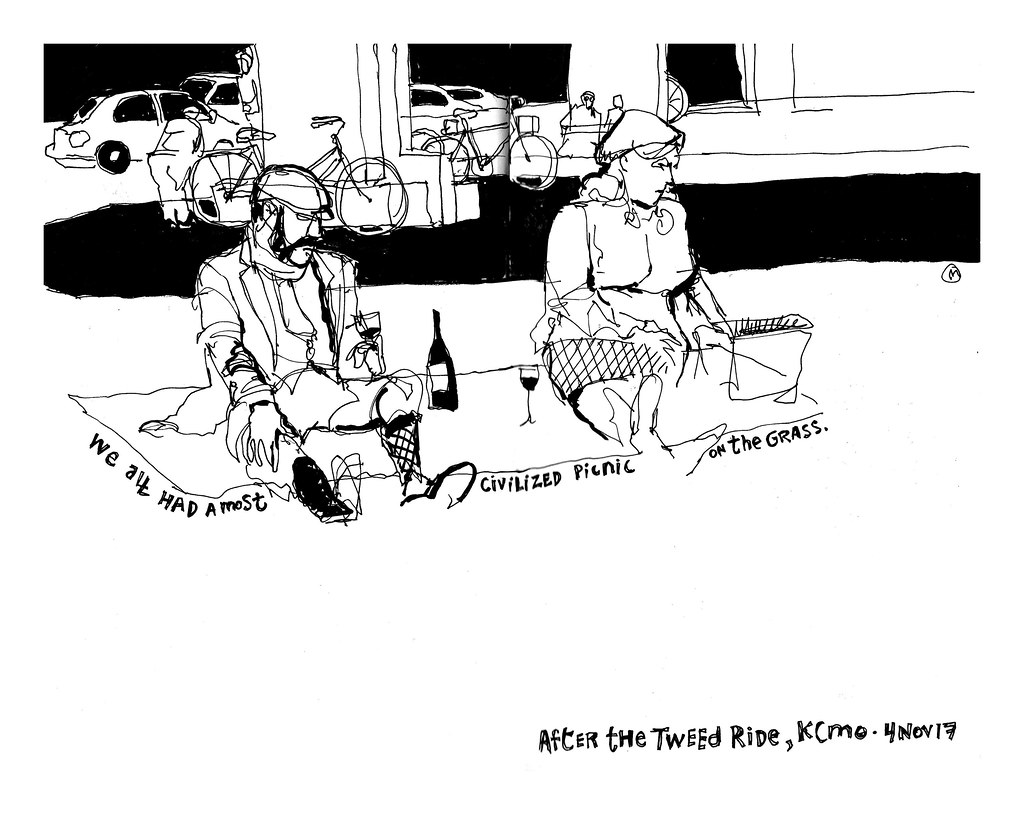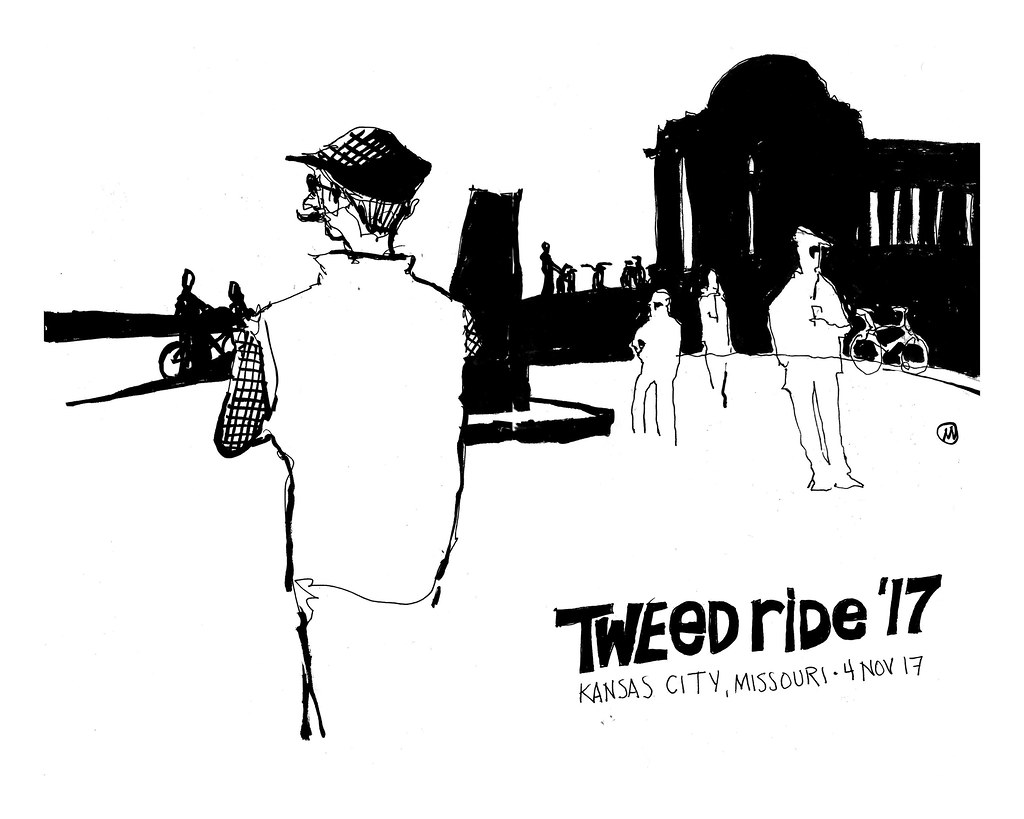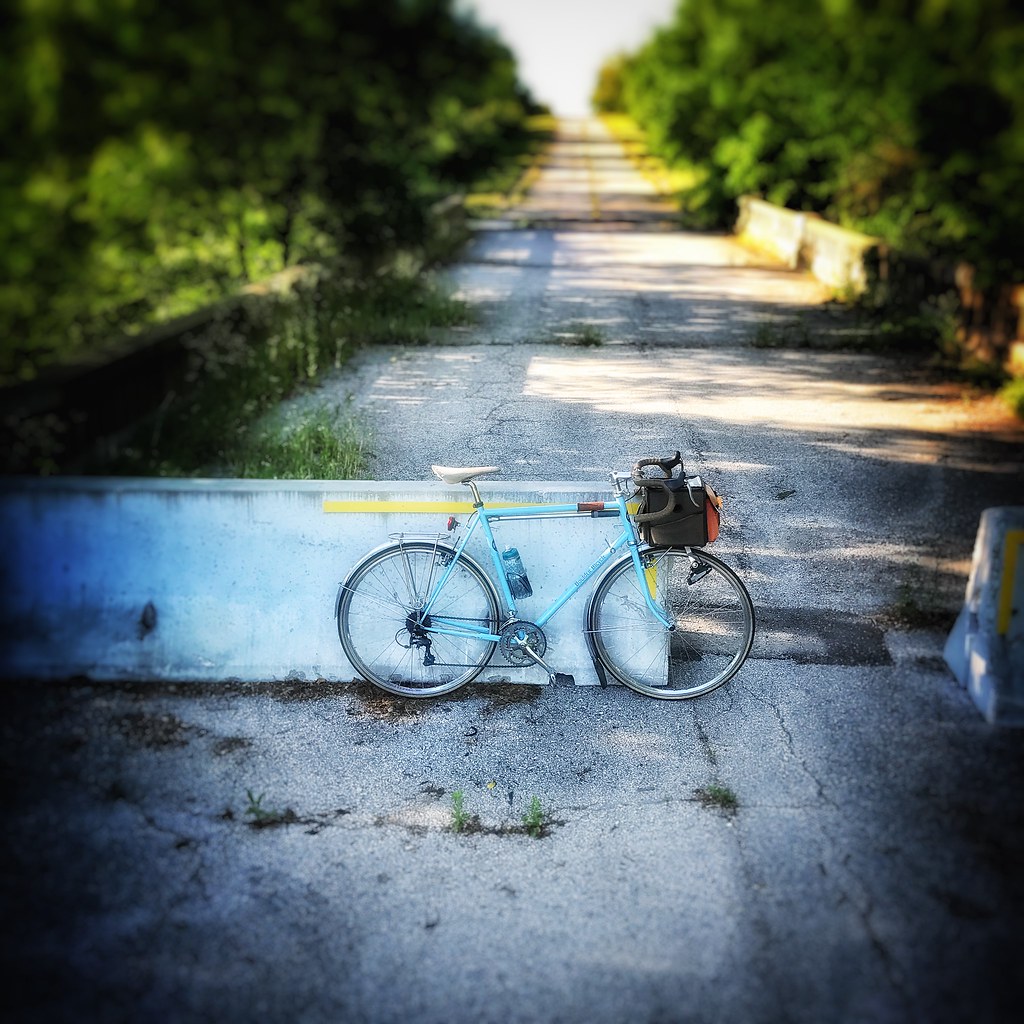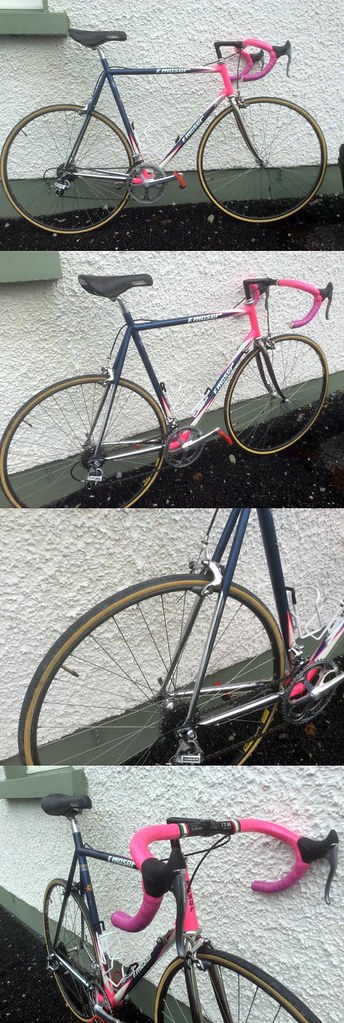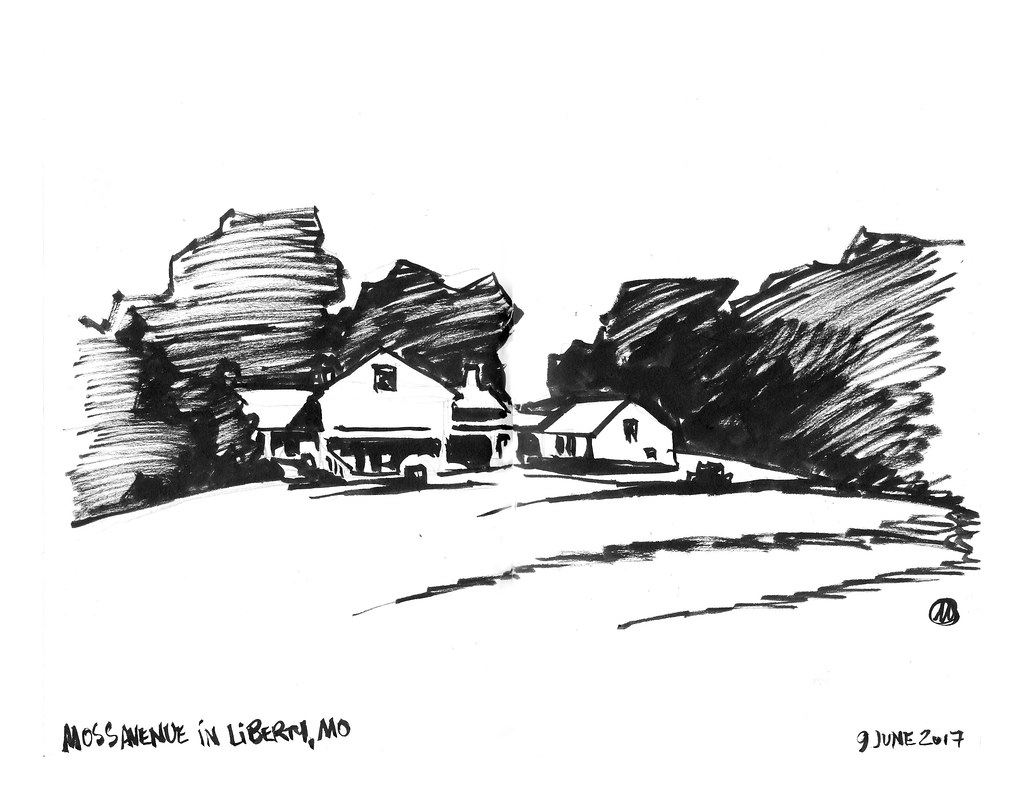
After teaching a three day workshop with a singular subject focus last weekend, my sketching this week was sporadic and decidedly UN-focused. A bit of randomness felt good after having stayed on target for the entirety of my workshop, as well as the Urban Sketchers International Day in the Life event that followed me.
I realized, too, that I hadn’t been bike sketching for a while, or added a sketch to The Early Morning Cyclist for even longer so it felt like it was time to do so. There’s nothing earth shattering about the location pictured above, and no dramatic story that I know of that accompanies it. It’s simply a structure along one of my regular routes, a picturesque place that I like to stop and look at for a moment before I continue on my way.
Stopping to sketch at this spot was a pleasant moment in time. Later, after posting it to my Instagram account, the image spurred a brief online conversation with a fellow artist who follows me there. In a nutshell, the discussion centered around my desire to eliminate everything that is unnecessary in a sketch, while still remaining unquestionably drawn by hand. It’s a very “Bauhaus-ian” approach, and purposely so. I teach design, following Bauhaus principles and (hopefully) passing along those tenets to my design students.
Not incidentally, these ideas are notably at the core of what I find especially appealing about cycling. Sometimes as I pedal, I like to ponder such things. Somewhere along the way I began to formulate some rules of thumb. And somewhere further along the way, those began to take shape as a list… an as yet incomplete list, I’ll grant you, but a list nevertheless that I’ll share here:
The Early Morning Cyclist Rules of the Road
Article One. Always wave whenever you encounter another cyclist. Regardless of what the other cyclist is looks like, regardless of what they are riding, regardless of what they are wearing, and regardless of whether or not they acknowledge you – as you pass one another, greet the other rider.
Article Two. Don’t be a dick. It’s true that there are a plenty of Bad Ass Serious Racer Type Cyclists (BASRTCs) out there on the road. But even if that happens to be you, don’t be a dick.
Article Three. Sport a bell on your handlebars or stem. Nothing makes a BASRTC less intimidating and less threatening to the world than the tinkle tinkle tinkle of a little bell as one’s bike approaches other riders or pedestrians from behind. When you tinkle that bell, you, my friend, are officially a friend of the world and everyone smiles with you.
Article Four. Wear clothing of threads that are made at least partially from something found in nature. Both you and the viewing public will thank me for this advice. Form-fitting Lycra isn’t for everybody… In fact I would argue it’s not for anybody who is not racing in the Tour de France or something of similarly serious ilk. Try cotton, smart wool, lightweight wool – something that at least partially grew on a vine or a bush or a tree originally. Maybe it’s just me, but I find that stuff a whole lot more comfortable. Want to wear a diaper? Fine. I usually do. But put it on underneath a pair of cargo shorts. Life isn’t a race…oh, and unless you’ve got an actual sponsor, ditch the logo covered jerseys.
Article Five. Install the widest, most supple tires that will (a) fit on your bike, and (b) that you can afford. Go ahead. Do the research on wide tires if you feel like adding them is going to slow you down. Or better yet, just trust me. Get them.
Article Six. Your hands should be stained… With the juice from the mulberries you have plucked from a tree along the side of the road. Or blackberries. Or blueberries. Or strawberries that you bought from a roadside stand and stuffed into your mouth while straddling your bike. The point is, stop and smell the roses. And while you’re at it, eat a handful of berries.

See? Doesn’t that look like it’s worth stopping for?

Oh, what the heck – stopping at a farmer’s market for a blueberry pastry does the trick too.

The Big BAM Ride (Bike Across Missouri) kicks off tomorrow, and I’m nearly ready to go. The bike is lubed and tuned. I found an LBS that stocks actual tube patches using actual glue instead what I can only imagine to be remnants of bumper stickers punched out into stupid little green circles. Sun block, on-bike snacks, a small sketch kit, etc. are all spread out on my floor for a final check.
The ride starts on my side of the state, with the first day’s stopping point just a couple miles down the road from my house. And the route passes right through my home town on Day Four. Hot weather and stiff breezes are forecast, and I can only hope to discover that wind will be at my back. But it probably won’t be.
Live music each night at the campsite. Hot showers and cold beer. Stiff breeze, be damned.
